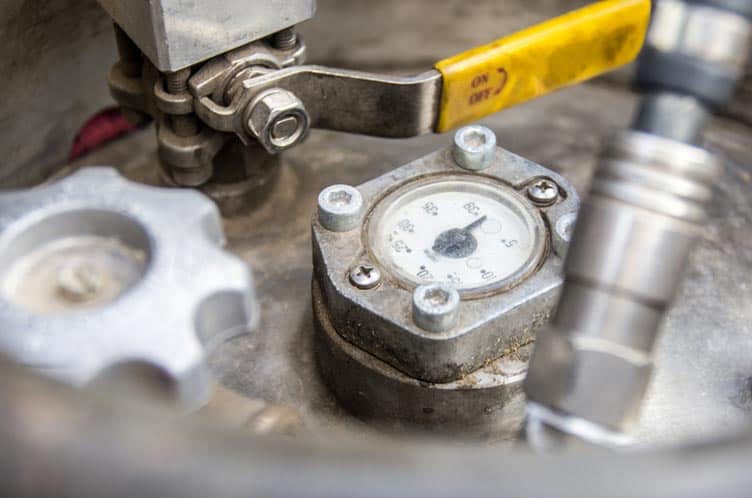First off, let’s talk about the dangers of compressed air. The most obvious danger is the pressure itself. Compressed air is stored at extremely high pressures, often over 100 PSI. If that pressure is released suddenly, it can cause serious injury or even death. This is why it’s important to always use proper safety equipment, such as goggles and ear protection, when working with compressed air.
Another danger of compressed air is the risk of flying debris. When compressed air is used to blow out pipes or machinery, it can dislodge debris that can become projectiles. This is why it’s important to always clear the area before using compressed air and to never aim the air at yourself or others.
Additionally, compressed air can also cause skin and tissue damage if it comes into contact with your body. This is because the air can penetrate deep into the tissue, causing damage to blood vessels and nerves. To avoid this, it’s important to always wear protective clothing, such as long sleeves and gloves, when working with compressed air.
Now that we’ve covered some of the dangers of compressed air, let’s talk about some safety recommendations to keep in mind. First and foremost, always make sure to read and follow the manufacturer’s instructions for your equipment. This will help ensure that you’re using the equipment safely and correctly.
Next, always use proper safety equipment, such as goggles and ear protection, when working with compressed air. This equipment can help protect you from the dangers we talked about earlier, such as pressure and flying debris.
It’s also important to make sure that your equipment is properly maintained and inspected regularly. This includes checking for leaks and ensuring that all hoses and fittings are secure. If you notice any issues, be sure to address them right away.
Another safety recommendation is to never aim compressed air at yourself or others. This can cause serious injury or even death, as we discussed earlier. Instead, always direct the air away from yourself and others, and make sure to clear the area of any potential debris before using compressed air.
Finally, always use common sense when working with compressed air. If something doesn’t feel right or seems unsafe, stop what you’re doing and reassess the situation. It’s better to be safe than sorry.
In conclusion, working with compressed air can be dangerous if you’re not careful. However, by following proper safety recommendations and using common sense, you can help ensure that you and those around you stay safe. Remember, safety should always be your top priority, so don’t take any shortcuts when it comes to working with compressed air. Stay safe out there, and I’ll see you in the next one!
Cheers,

![]()






